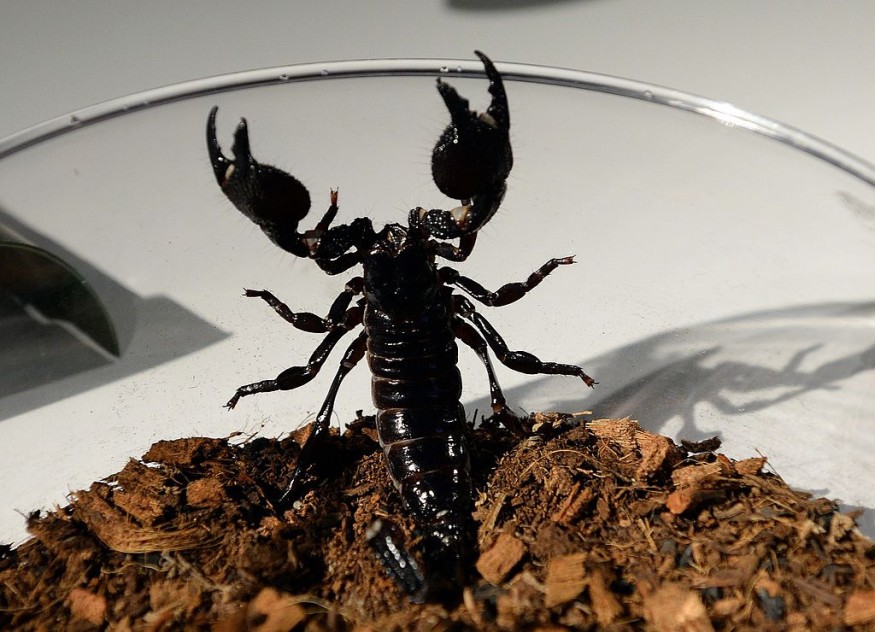Scientists discovered tiny bug-like fossils from 500 million years ago with "stunningly preserved nervous systems" that they believe might be related to modern-day spiders and scorpions.
Nicholas Strausfeld, a regent professor in the Department of Neuroscience at the University of Arizona, who was not involved in the study, tries to fit the Cambrian creatures of the species Mollisonia symmetrica in the arthropod evolutionary tree.
However, it was difficult to do so without locating first the brain-like bundle of nerves called a synganglion, a key piece of evidence that will determine their relation to other animals, Strausfeld said.
First author and invertebrate paleobiologist Javier Ortega-Hernández from Harvard University described in LiveScience the fossils' nerve tissue as a "mess in the middle of the head", where its exact organization is currently unknown.
"It is true that we do not have every single characteristic of the nervous system of this animal mapped out, because the fossils only tell us so much," Ortega-Hernández said, acknowledging this uncertainty in their new report published in the journal Nature Communications.
Mapping the species' place on the tree of life - a rare luck

It was very rare to uncover ancient fossils of M. symmetrica from the Cambrian period, which took place between about 543 million and 490 million years ago, let alone a more fossilized nerve tissue of their species. According to Ortega-Hernández, "it was really a stroke of luck."
About a decade ago, a 2012 journal uncovered the first evidence of a fossilized arthropod brain from the Cambrian period. Since that initial discovery 10 years ago, preserved nerve tissue has been found in more than a dozen Cambrian fossils, most of them arthropods, Ortega-Hernández said.
Both specimens in the new study were uncovered in the depths of the museum collections at the Harvard University Museum of Comparative Zoology in Cambridge, Massachusetts, and the Smithsonian Institution in Washington, D.C., but were discovered in mid-Cambrian Burgess Shale deposits from British Columbia.
Ortega-Hernández describes them as "extremely unremarkable" to the naked eye, "somewhat like the exoskeleton of a pillbug, but long and skinny."
Also read : Experts Warn Beachgoers to Watch Out as Lion's Mane Jellyfish Swarm in Melbourne Beaches
Under the microscope
Despite the fossils' lack-luster appearance, researchers spotted something intriguing in the inside, visible through a microscope, "something funky" - Ortega-Hernández said.
They found well-preserved nervous systems locked inside both of these inconspicuous arthropods, like inky black splotches, because the fossilization process transformed the tissue into organic carbon films.
Both the Smithsonian and Harvard fossils exhibited evidence of having optic nerves that run from the arthropods' eyes into the main body, but could have been clearer.
"We can see there's something in there, but we don't have enough resolution to be able to say, 'Oh, it's definitely organized in this way or that way,'" Ortega-Hernández said. "This uncertainty in the fossil record means the precise relationship of M. symmetrica to other animals also remains murky."
Nonetheless, both trees indicate that M. symmetrica and modern chelicerates share a common ancestor of modern-day scorpions, spiders, horseshoe crabs and ticks, but differ in where they position other important arthropod groups from the Cambrian period. Although the experts believe a better specimen "lying around somewhere in a museum" could shed light to this uncertainty.
© 2025 NatureWorldNews.com All rights reserved. Do not reproduce without permission.

